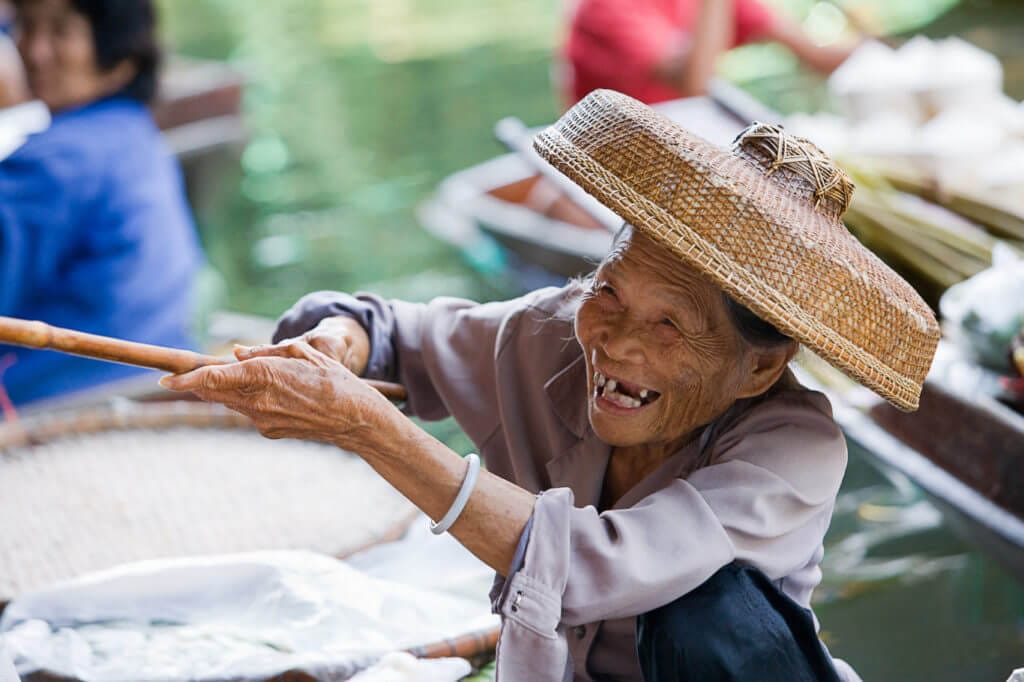Delhi & Agra: India Short Stay
Old & New Delhi
DID YOU KNOW?
The Taj Mahal was built as the final resting place for Mumtaz Mahal, the third and favorite wife of the Mughal emperor Shah Jahan. The name Taj Mahal means "crown of palaces" and took 20 years to construct!
The Worldwide Navigators Difference


Sojourn – Gain a better understanding of the community you’re visiting. Learn about different religions or spiritual practices. How do these impact the communities? How does religion or spirituality influence local traditions?
1 of 1

Savor – Will you choose sweet or savory? Take the time to visit local markets and discover unique local ingredients. Learn how to prepare traditional meals & local favorites.
1 of 1

Tip of the Tongue – Each morning, take the time to learn a few basic greetings and phrases in the local language. Learn how to write greetings & your name in the local script.
1 of 1

A Wrinkle in Time – History influences our present. Discover the history of the country you visit. Hear the stories of your guides & their family history. Where do they come from?
1 of 1

Journal Journeys – Take some time to reflect on the day’s events and document your journey. Spend a moment journaling about the day had & day ahead. These are memories for a lifetime!
1 of 1

Culture – From local dances, festivals, or simple gestures to communicate – all of these make up a country’s culture. Learn and practice cultural norms & how to show respect in the culture you visit.
1 of 1Itinerary
Welcome to New Delhi! During your stay in this lively city, enjoy some of the areas top spots such as:
Humayun’s Tomb (First Garden Tomb)
A UNESCO World Heritage site. The tomb was built in 1565 by Hamida Banu Begum and is one of the most beautiful Mughal monuments, with a 42.5 meters high double-dome with marble and pillared kiosks. The complex encompasses the main tomb of the Emperor Humayun, the graves of his wife, Hamida Begum, as well as numerous other subsequent Mughals.
Lotus Temple (Unified House of Worship)
Known as the Lotus Temple due to its flowerlike shape and designed by Iranian architect Fariborz Sahba. It serves as the Mother Temple of the Indian Subcontinent and emphasizes that the spirit of the House of Worship be that it is a gathering place where people of all religions may worship. The lotus represents the Manifestation of God, and is also a symbol of purity and tenderness. Its significance is deeply rooted in the minds and hearts of the Indians.
India Gate (War Memorial)
Built in 1931, designed by Sir Edwin Lutyens, this 42 meter high stone arch of victory, stands at the eastern end of Rajpath has names of the 90,000 Indian soldiers who died in the First World War.
Rashtrapati Bhavan (President’s House)
Rashtrapati Bhavan was the erstwhile residence of the British Viceroy. Its architect was Edwin Landseer Lutyens. The decision to build a residence in New Delhi for the British Viceroy was taken after it was decided in the Delhi Durbar of 1911 that the capital of India would be shifted from Calcutta to Delhi in the same year. It was constructed to affirm the permanence of British rule in India. This building gave the impression, in the words of a critique, the setting of a perpetual Durbar.
Sources: World Heritage, UNESCO; Condé Nast Traveler; tajmahal.gov
Travel to Agra today for a tour of the magnificent, white marble mausoleum, the Taj Mahal.
Taj Mahal
This immense mausoleum is constructed of white marble and was built in the mid-1600s by order of the emperor Shah Jahan in memory of his favorite wife. Nothing compares with the experience of seeing the Taj for the first time. Commissioned by Shah Jahan for his favorite wife, Mumtaz, after her death in 1631, it was completed in 1653 and remains arguably the most moving testament to love in architectural history.
Red Fort of Agra
Near the gardens of the Taj Mahal stands the important 16th-century Mughal monument and UNESCO World Heritage Site known as the Red Fort of Agra. This powerful fortress of red sandstone encompasses, within its 2.5-km-long enclosure walls, the imperial city of the Mughal rulers. It comprises many fairy-tale palaces, such as the Jahangir Palace and the Khas Mahal, built by Shah Jahan; audience halls, such as the Diwan-i-Khas; and two very beautiful mosques.
Sources: World Heritage; Condé Nast Traveler; tajmahal.gov
Old Delhi is bursting with bazaars, which are good places to begin your exploration of the area. Before heading to the airport for your departure home, be sure to check out some of Old Delhi’s staples:
Chandni Chowk
The markets seem to sell everything—though textiles, clothing, jewelry, and antiques comprise the bulk of the wares. The goings-on at Chandni Chowk, one of the oldest and most iconic markets, will spark the interest of even the most jaded traveler.
Jama Masjid (the mosque commanding a view of the world)
The Mughal Emperor Shah Jahan, builder of the Taj Mahal, commissioned its construction. Five thousand craftsmen labored for six years to build the mosque. Completed in the year 1656 C.E., Jama Masjid constitutes one of the largest and best-known mosques in India. Shah Jahan enhanced the imposing grandeur of the edifice by placing it on high ground.
Sources: New World Encyclopedia, Condé Nast Traveler
भारत में आपका स्वागत है
Explore the depths of India and its ancient Mughal history on this incredible 3-day tour. Experience the vibrant contrasts of Old & New Delhi. Discover the Taj Mahal & the stories that this magnificent architectural feat holds. For a quick, but meaningful, taste of India, this tour is for you!
Value
3-6 Day
Group Trips
- Airfare
- Transportation
- 2.5 - 3-Star Accommodations
- Daily Activities & Excursions
- 2 Meals Per Day
- Tours & Entrance Fees
- Daytime & Self-Guided Tour Director
- 1 Impact Project
Classic
7-12 Day
Group Trips
- Airfare
- Transportation
- 2.5 - 3-Star Accommodations
- Daily Activities & Excursions
- 2 Meals Per Day
- Tours & Entrance Fees
- Daytime Guided Tour Director
- Up to 2 Impact Projects
Epic
7-14 Day
Group Trips
- Airfare
- Transportation
- 3.5 - 4-Star Accommodations
- Daily Activities & Excursions
- 2 Meals Per Day
- Tours & Entrance Fees
- 24/7 Guided Tour Director
- Up to 3 Impact Projects
- Final Night Celebration Dinner
Interested in adding or modifying activities? No problem! All Worldwide Navigator itineraries can be customized to your liking!
In collaboration with our partners


